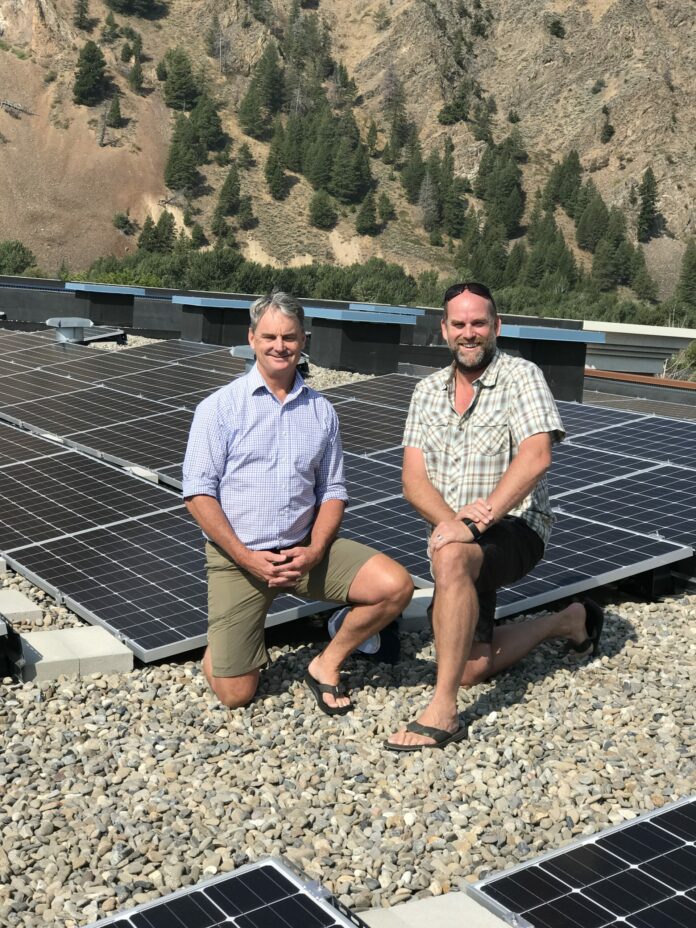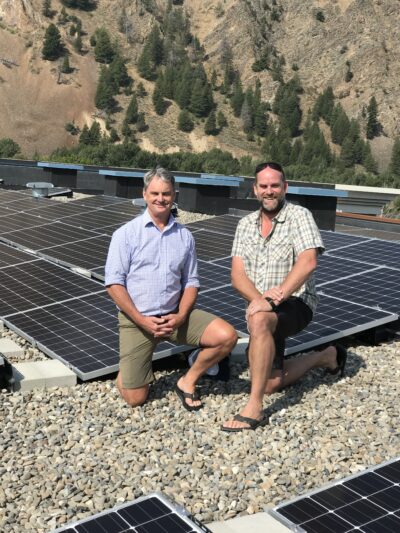

Billy Mann and Inn owner Ryan Allison. Photo credit:
photo courtesy of Billy Mann
Investors look for proven theories to give themselves an investing edge and prevent loss.
Harry Markowitz—ultimately a Nobel Prize winner—as a young graduate student wrote a paper on how to maximize a financial return for a given level of risk taken on by an investor, which emphasized investing in a variety of different types of investments, like stocks, bonds, emerging markets and private companies.
“A superior, or more efficient, approach is to combine different asset classes, such as stocks and bonds, to collectively provide a risk-return profile desired by the investor,… the portfolio is less risky if all of its investments are not perfectly correlated, meaning that they do not all lose value at the same time.”
Your stocks may drop in value, but at the same moment your bonds would gain in value inversely. This theory is what investors depended upon until the financial meltdown of 2008; investors thought that they had built in a hedge against loss by having this diversified asset allocation but, unfortunately, all asset classes lost value in lockstep in the 2008 financial crisis.
Some investors and endowments, however, had started to invest in impact investments by 2008. Investors were interested in a “double-bottom-line return” with these “impact investments,” a financial return and a mission, or social return, as well.
An example of an impact investment would be an investment in a solar farm, where energy is produced in a less-carbon-intensive way, but that there is also a good stream of income from the investment back to the endowment. The F.B. Heron Foundation was one of the pioneers of this type of investment and had approximately 50 percent of their endowment invested in mission, or impact, ways in 2008. Other traditionally invested foundations lost, on average, 40 percent of their net asset value in 2008, but F.B. Heron’s endowment value declined only a little bit because it was invested in so many impact investments.
It is possible that impact investments will be proven to be very valuable to every investor’s financial return as they provide this ‘non-correlation’ to other asset classes. The loans to charter school buildings, solar farms, and community food pantries will continue to be paid back even while the stock and bond markets are melting down globally.
At this time in our economy today, cd rates are around 1.7 percent. I believe that there are great opportunities right here in our community for impact investors to earn a financial return above cd rates while achieving a mission return as well, such as providing housing or solar energy. Our family foundation is already experiencing that with our solar panels loan to a Hailey business, and stay tuned for another announcement in early February!
